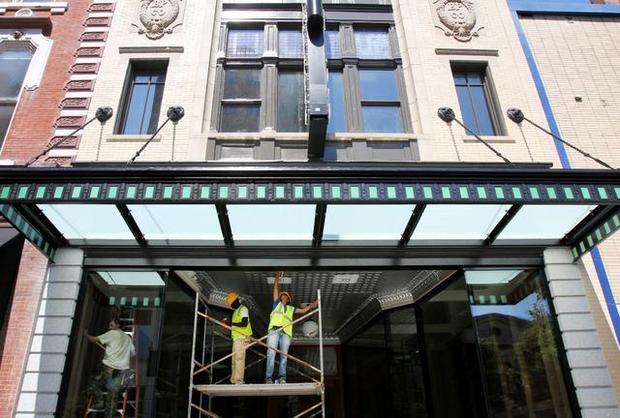Restoration projects can be the ideal way to combine home-owning with hobbies such as craftwork or historical research. It can be a fascinating way to learn more about the home, and also help to bring character back to a home which has been neglected or badly restored by previous owners. This does not mean that restoring an old property is always easy, and in order to make sure that homeowners make the right choices when planning restoration projects, it is a good idea to make use of some basic restoration tips before any changes are made.
1) Thoroughly Research the building
Older buildings can be made up from a series of differently-aged constructions, so for example a 17th century cottage may have later additions, or older homes may have internal alterations which affect their structure, such as the addition of internal chimneys, raised floors or even the installation of a second floor over the main building. Before starting restoration, it is essential to understand exactly what the building contains, the condition of each period feature, and whether restoration should be attempted.
2) Highlight distinctive Features
The point of any restoration is to attempt to bring out period features from the building. Some of those features can be seen in many old homes across the country so it is important to consider what makes this building unique, and focus upon those features. Restoration plans should include highlighting these features, including using glass inserts to reveal older brickwork, or taking away floor tiles to show period windows.
3) Blending the Old and the New
One of the most difficult aspects of restoring old buildings is combining old features with new extensions or structural work. Working with specialist architects can help to ensure that the building’s restoration is handled effectively. Matching the new with the old can often be done by ensuring that brick and mortar tones are complimentary.

4) Keep Original Features
One of the benefits of Restoring old buildings is getting high-quality craftsmanship on work such as the plastering and brickwork. Keep as much as possible of these old features – for example preserve old plaster, as this can ensure the home retains its historic value.
5) Maintain restored Items
Even after a home has been fully restored, part of the key to keeping it looking as grand as the initial design is to ensure that it is properly maintained. Part of this is a schedule of maintenance which will allow the homeowner to keep each part in good condition. Roofs, walls and floors all need to be regularly maintained to ensure that the home looks good and that none of the restoration work is lost.
6) Do the basics
Like all other homes, restoring an old property should begin with the basics. This includes ensuring that the plumbing, foundations and electrics are all up to standard. In older houses this may mean having the building completely rewired.
7) Keep an eye on costs
When performing a restoration, it is easy for costs to spiral and get out of control. Restoration work is notorious for eating into finances, so it helps to plan the work and budget closely in order to stop costs from soaring.
Jon Riley is the Co-Director of Locker & Riley, which is an award-winning fibrous plaster specialist based in Essex and serving the whole of the UK. Locker & Riley have an impressive project portfolio including the restoration of buildings such as St Pancras Renaissance Hotel and London Palladium.
